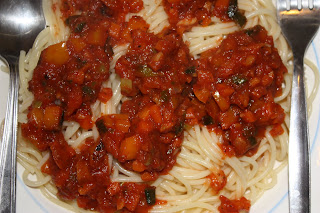I can never stand this statement “oh, finding food abroad is so difficult, how do you manage? Have you started to eat meat?” Give it a rest dear people. Finding food is easy when you first find your tongue. Keep an open mind to relish and approach new food and flavors. Don’t be suspicious about food. The very first touch down on your tongue is going to tell you the taste and until that time, be with an open mind. And it is always polite to tell, “I do not like how it tastes” rather than spitting out and yelling “It tastes terrible or it is the worst dish.” No one is going to cook and present something that is terrible, well, unless you have displeased your wife!
Tastes can be unique, divine, smooth, spicy, heavenly, elevating and the list can just keep continuing how your mind is going to perceive it. One persons like can be another persons dislike when it comes to taste and there is yet another category called acquired taste. I feel sauerkraut would, for me, fall under this category.
Sauerkraut is the most common food you would come across when living in or traveling Europe . Most popular in Germany , Poland and Bulgaria
Remove the first few leaves from cabbage. Do not wash the cabbage. Finely shred it and put into a food grade plastic vessel. Do not use the cabbage stems for they would spoil the smoothness of the sauerkraut. Pack the shredded layer of cabbage tightly and sprinkle rock salt. One handful of rock salt should be sufficient for one cabbage. Allow it to stand for sometime. The salt will cause the cabbage to water out. Now take a plate that can just fit into the vessel and press down on the cabbage until the water accumulates on top of the plate leaving the cabbage beneath the plate. Allow this to stand for 3 days. This might take more time in European countries but in India
Add this raw to salads or cook it well in a pressure cooker. The cooked sauerkraut can be an excellent accompaniment to boiled/smashed potatoes. Further more, sauerkraut can be used as a filling in number of dishes.
Note: The cabbage will turn mild translucent upon fermentation. The sauerkraut can also be taken out and used when it is just half fermented. This is referred to as fresh sauerkraut and makes an excellent salad. It is also advisable to place a heavy weight over the lid so that the cabbages are pressed down further away from the liquid on top. Wrap the weight in a plastic cover to avoid any contamination.










